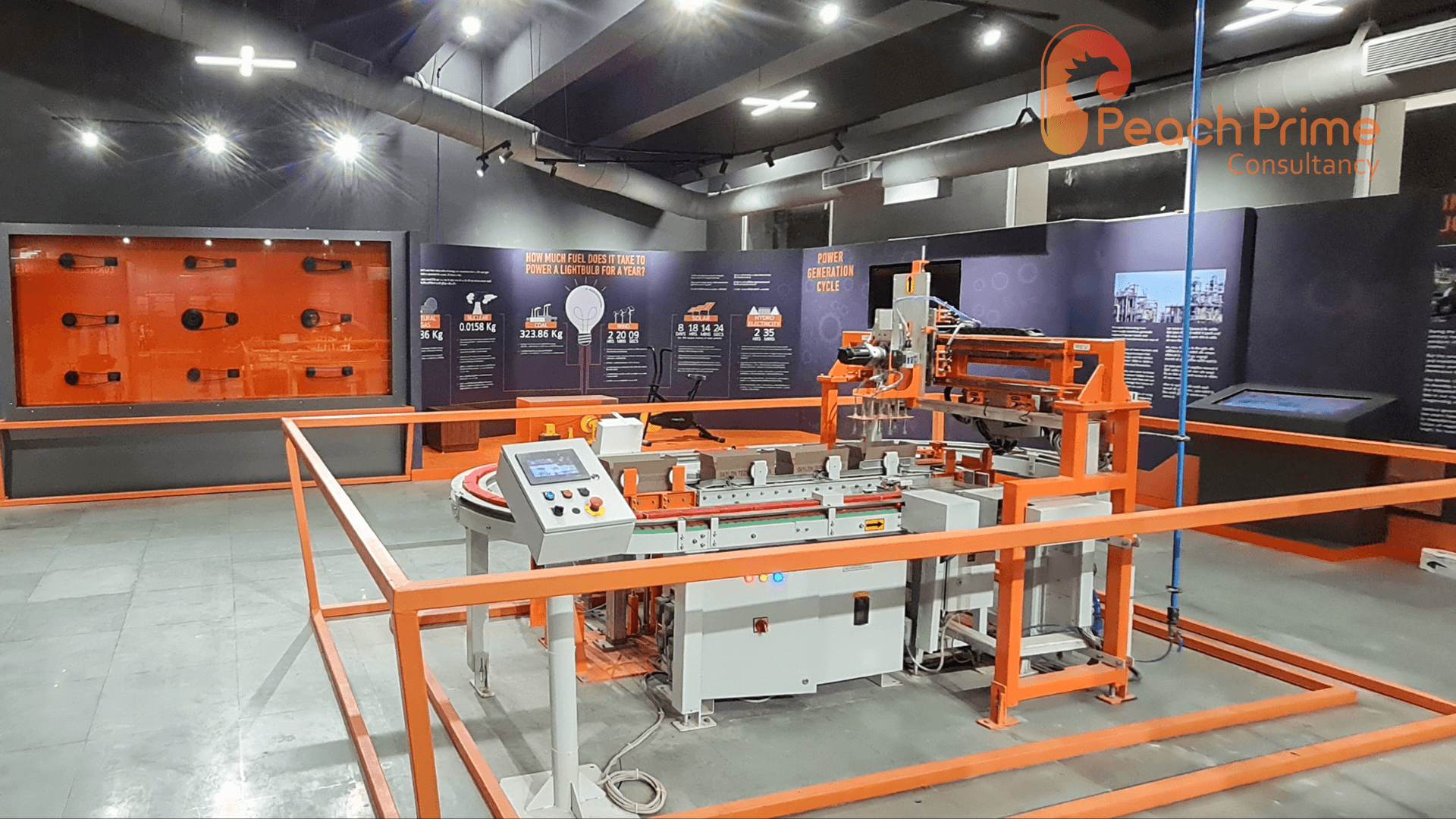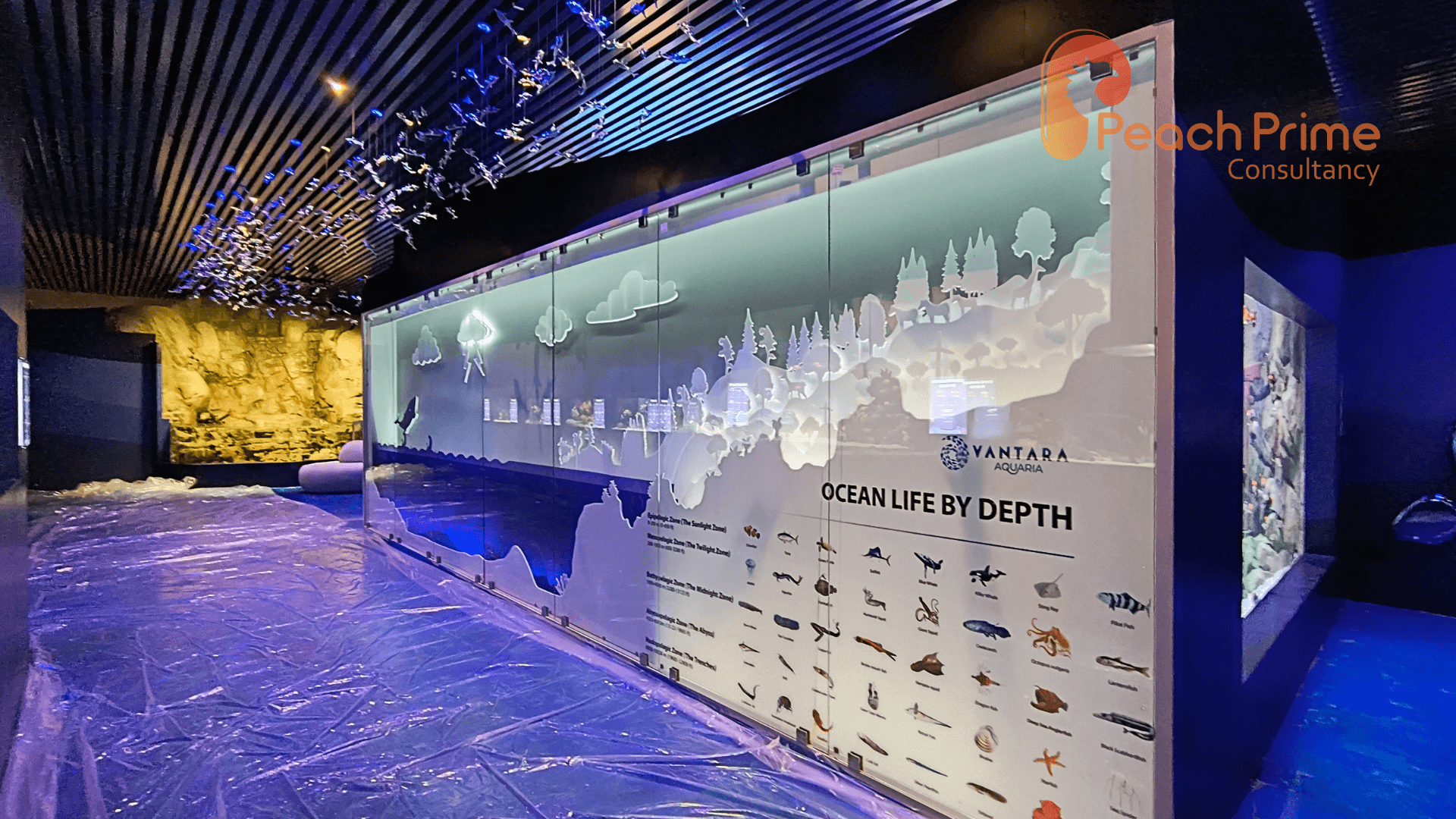Exhibit Curation
- Research and Concept Development
The museum exhibit curation process begins with thorough research and concept development. We dive deep into the subject matter, studying relevant history, art, and culture. Based on findings, we craft a cohesive theme and narrative that will engage visitors. This phase also involves identifying key artifacts and determining how they align with the exhibit’s story, ensuring relevance and educational value.
- Designing the Exhibit Layout
Designing the exhibit layout focuses on how artifacts and information will be presented. We collaborate with designers to create a visitor-friendly space that balances aesthetics and functionality. The layout must consider circulation flow, accessibility, lighting, and display techniques. The goal is to provide an immersive, engaging experience while highlighting the importance of each exhibit component in the narrative structure.

- Content Development and Sourcing
Content development and sourcing focus on identifying the key elements to include in the exhibit. We gather scientific data, models, artifacts, and interactive displays that will effectively communicate the exhibit’s theme. This may involve acquiring physical objects, digital resources, or scientific models. Collaboration with experts, researchers, and institutions is essential to ensure the accuracy and relevance of the content being presented.
- Installation and Interpretation
Installation and interpretation bring the exhibit to life. We oversee the physical setup, ensuring that each artifact is displayed securely and effectively. Interpretation materials, such as labels, multimedia, and interactive elements, are created to guide visitors’ understanding. This stage focuses on enhancing the educational value of the exhibit while ensuring that the storytelling elements are clear, compelling, and accessible to a wide audience.

Related Projects
History Gallery
- FEC Museums & Exhibits Theme Park
VR Gallery
- FEC Museums & Exhibits Theme Park
Fundamental Gallery
- FEC Museums & Exhibits Theme Park
Planetarium
- FEC Museums & Exhibits Theme Park
Astronomy And Space science gallery
- FEC Museums & Exhibits Theme Park
5D Theatre – Science City
- FEC Museums & Exhibits Theme Park
5D Theatre – RSC – Rajkot
- FEC Museums & Exhibits Theme Park
Bowling Alley
- FEC Theme Park
Game Zone, Ranip
- FEC
Game Zone, thoothukudi
- Feasibility Report FEC
Game Zone, Imax
- FEC
Game Zone, Dubai Mall
- Feasibility Report FEC
CBS Game Zone
- FEC
Noble Gallery, RSC Rajkot
- Museums & Exhibits
Glass & Ceramic Exhibits gallery
- Museums & Exhibits
Regional Science Museum
- Museums & Exhibits
Life Science Gallery – RSC Rajkot
- Museums & Exhibits
Machine Gallery – RSC Rajkot
- Museums & Exhibits
Robotics Gallery – RSC Rajkot
- Museums & Exhibits
How Stuff Works – RSC Rajkot
- Museums & Exhibits
Robo cafe
- Museums & Exhibits
Sports Robot
- Museums & Exhibits
Interactive Robot
- Museums & Exhibits
Robotics Museum at Science City
- Museums & Exhibits
VR Gallery at Robotics Museum
- FEC Museums & Exhibits
Optimus Prime-Robotics Museum
- Museums & Exhibits Sculptures
Hanging Fish Sculpture
- Museums & Exhibits Sculptures
Interactive Projection
- Museums & Exhibits
Mermaid Vista
- Aquarium Museums & Exhibits
Flow Your Fish
- Aquarium Museums & Exhibits
Ocean Wall
- Aquarium Museums & Exhibits


















